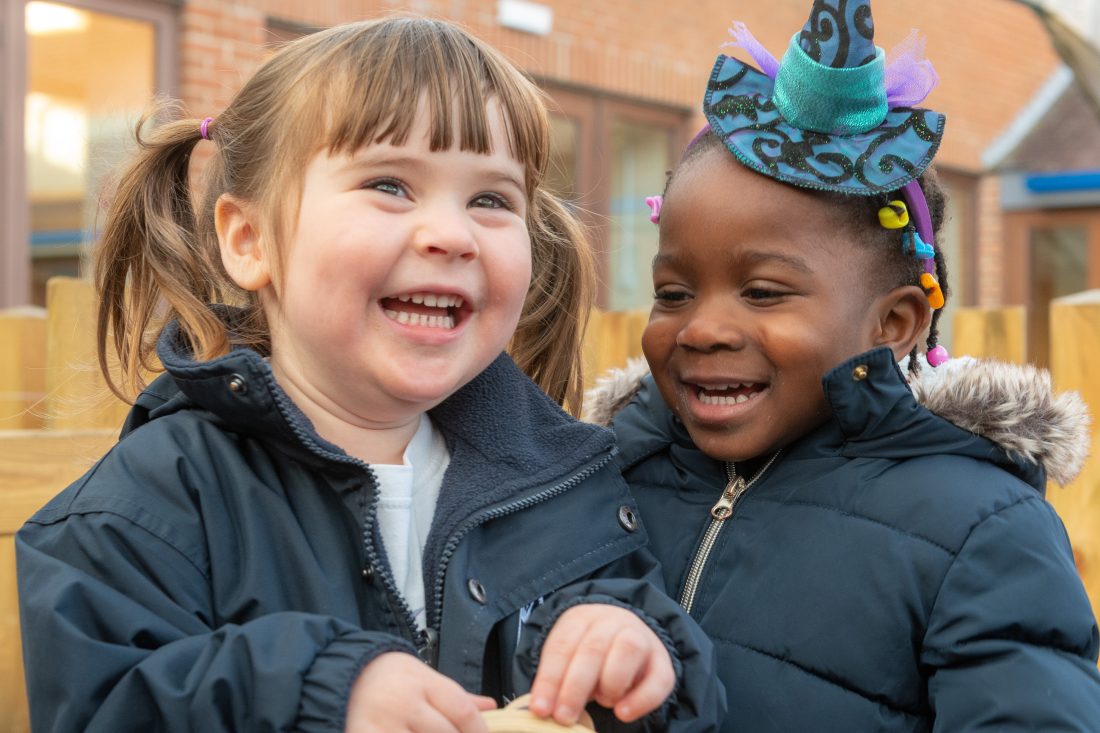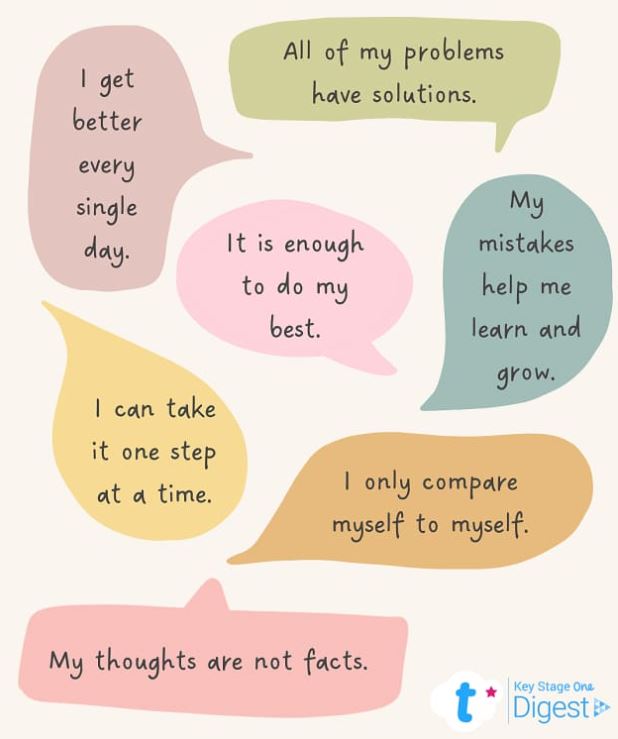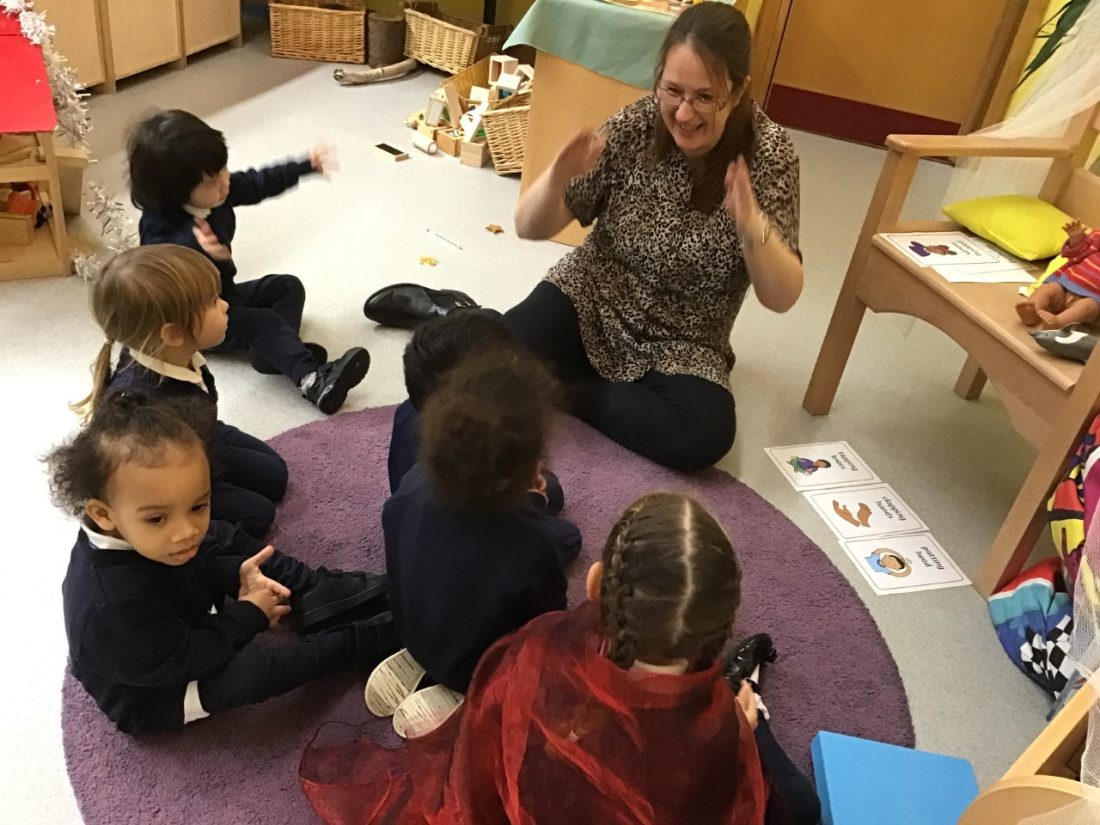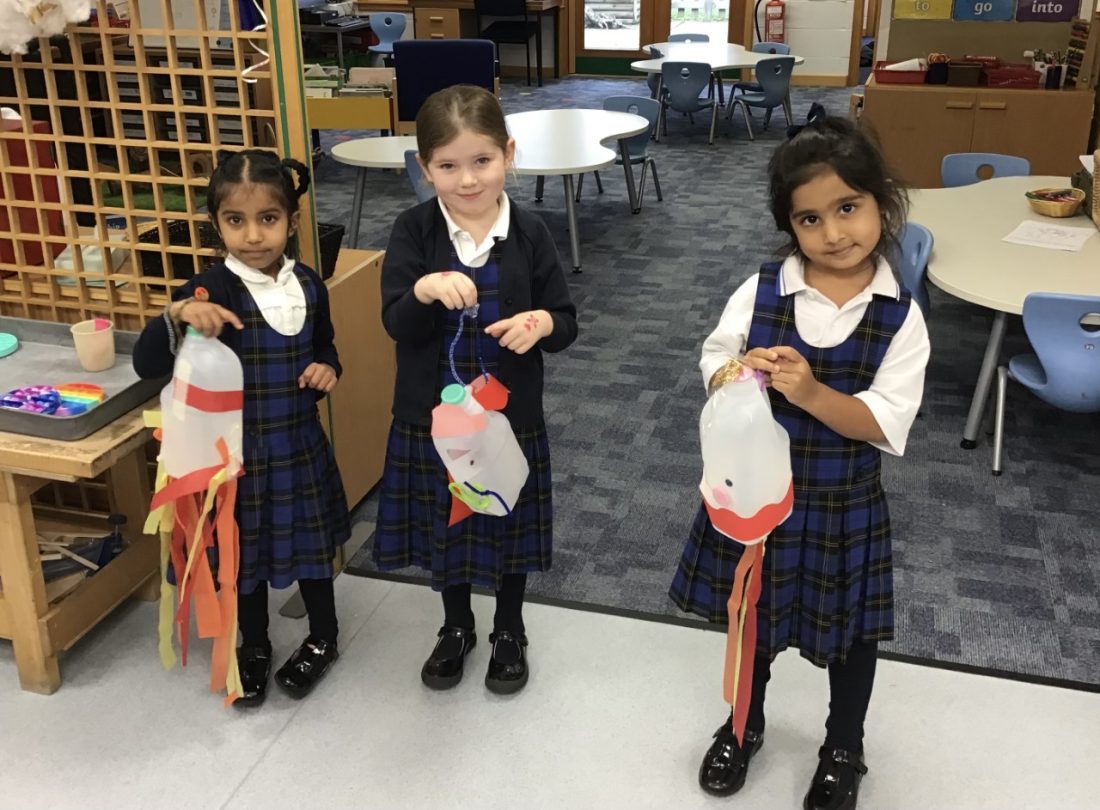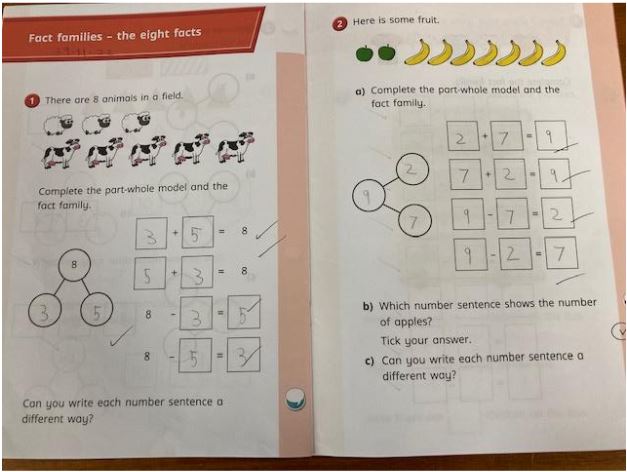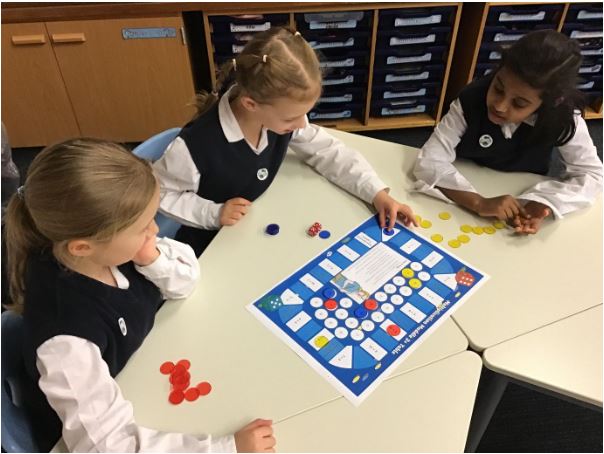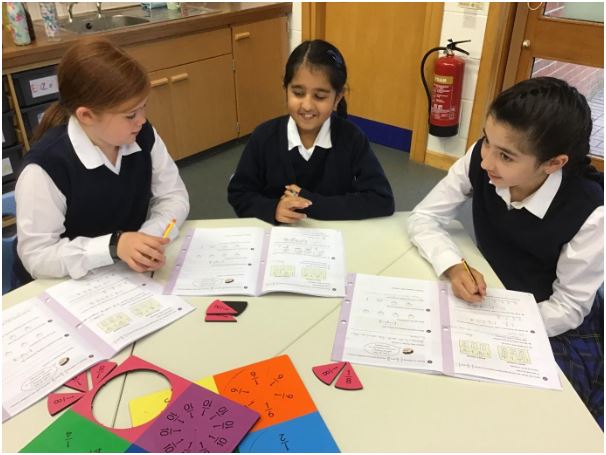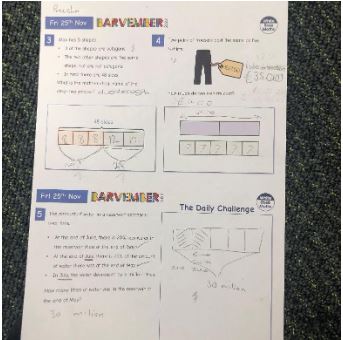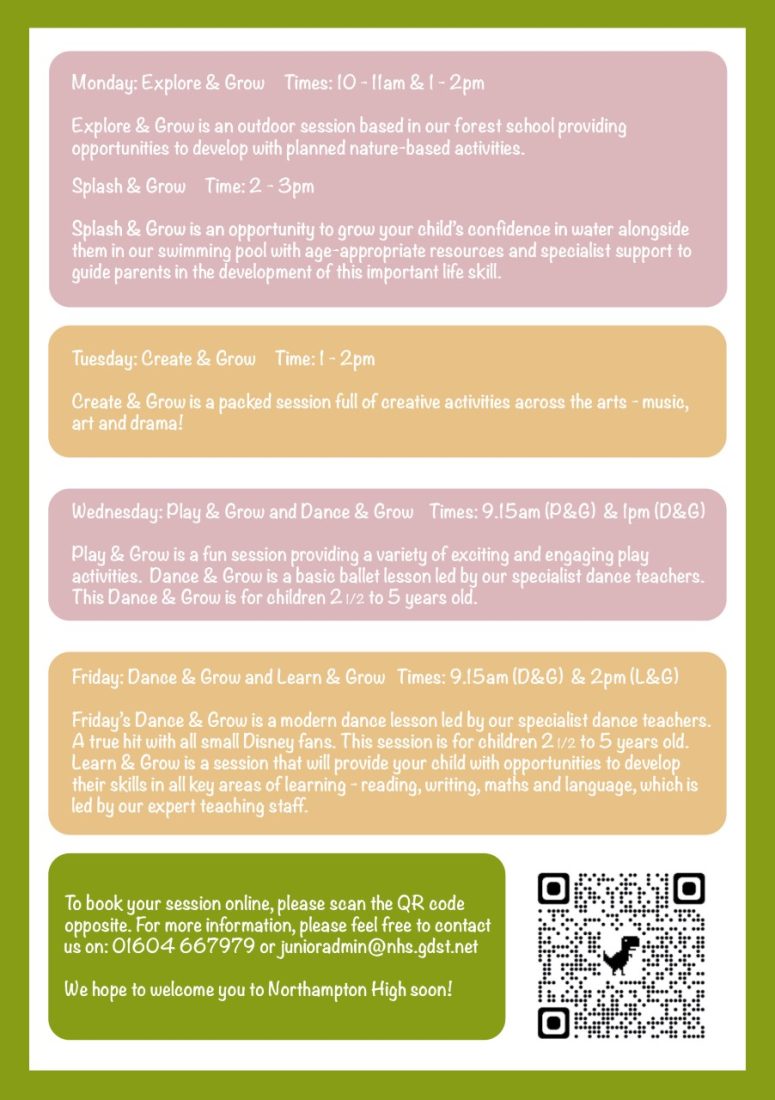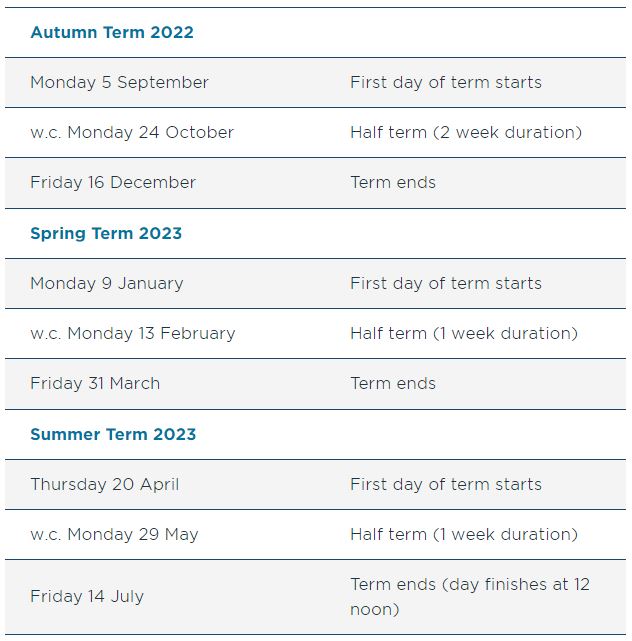
|

|
Junior News – 2 December 2022 |
|
Understandably, the wellbeing of children ranks highly among the list of concerns that parents and educators have. How children’s wellbeing can be supported and improved is often discussed and it is not uncommon for the act of ‘reframing’ to come up in these conversations. Reframing, sometimes called ‘cognitive reframing’, refers to the process of changing the way that we look at things. Essentially, reframing involves identifying unhelpful negative thoughts and replacing these with more positive ones. According to many therapists, when we as humans are presented with a situation we immediately analyse it and decide what the impact or meaning of this will be for us. This impact or meaning is the ‘frame’ that we have given the situation and this can often be very negative. However, we don’t have to continue viewing it in this frame. Instead, we can give the situation a different meaning by changing the way we think and feel about it. We can reframe it! This reframing is done by examining our thinking to look for cognitive distortions (thought patterns that are unhelpful or irrational) so that we can come to a ‘more positive and realistic view’. So, when going through the process of reframing we are doing two things:
Reframing a situation includes three main steps:
The first step is identifying the negative thought that has arisen from a situation that a child finds upsetting or stressful. For example, ‘Sarah didn’t choose me to be her partner in PE. That means no one likes me and I have no friends.’ ‘Sarah didn’t choose me to be her partner in PE’ is the situation. ‘No one likes me and I have no friends’ is the negative thought.
When helping children to reframe, part of the adult role is to listen for the positive details in a story and help them to focus on these positive details so that this becomes the part of the story that the child then focuses on. Psychologist, Jessica Alexander, describes this as ‘essentially turning something dark and negative into something more positive or empowering’. For example, if the thought is ‘No one likes me and I have no friends’, evidence against this may be ‘Jane and Ellie asked me to join in their game at playtime’.
The third step is to reframe the situation, looking at the positives. For example, ‘Sarah didn’t choose me to be her partner in PE but Jane and Ellie wanted me to play their game. It is good to have more than just one friend to play with, I’m glad I have lots of friends around me.’ Because young children are driven by emotions rather than logic, irrational thinking and the inability to be able to put things into perspective are normal and to be expected. This means that children will require support in order to be able to reframe situations. When children are upset it is natural to want to try to address and solve the problems they are facing immediately. However, children may be feeling very strong emotions that they are struggling to process and regulate. It is important to acknowledge the child’s feelings and encourage them to name these feelings but not try to create a solution while they are feeling these strong emotions. Getting them to a ‘safe’ emotional place first is the priority. Mentally Healthy Schools have produced a simple gauge prompt that can be used to help children identify when they are thinking negatively, pause, and reframe their thoughts into something more positive. The gauge lists emotions in the following order:
Asking children to stop and reframe when they reach ‘negative’ is key. Positive self-talk is very helpful for reframing negative thoughts. If a child has any negative thoughts that are recurring then listing and rehearsing some simple, more empowering thoughts they can say instead can help them to think more positively. For example,
Reframing can be a powerful technique to teach children because it can help them handle difficult situations. The more they do this the more natural focusing on the positives will become for them. At Northampton High Junior School we are committed to guiding our girls to be skilled at reframing and I hope, with some of these techniques and tips shared today, you will feel empowered to do the same. |
November and December in Junior School |
Weston Favell Food Bank |

|
Last month, our Junior School supported Weston Favell Food Bank, with many wonderful donations made by our families. As we approach Christmas, we would like to support this food bank again and would be very grateful for any donation you can make. Families can donate either advent calendars or selection boxes. We will have a collection station just inside the front door of Junior School from Monday 28 November to Friday 9 December for you to make your donations. Thank you in advance for your support. |
Date for your Diaries |
|
For Mothers Day we will be hosting a very special event on Friday 17 March. All of our mums, grandmas, aunties and close friends are invited to our afternoon tea on Friday 17 March. We will serve a delicious afternoon tea in a relaxed, friendly atmosphere with the girls help. Our guests will also receive a special handmade gift from their Junior School pupil. To secure a ticket for this event then please do so through your daughter’s ParentPay account. Hint for the dads – perhaps this is a nice opportunity for you to arrange a ticket for the mums and female family members to wish them a happy Mothers Day on behalf of your daughter! |
Online Safety Guidance |
|
|
|
You can access a free online safety guide on Instagram here |
Charity Competition-Winner News |

|
Kids Aid were very impressed with the creative and thoughtful entries to the competition in response to the question ‘What does unique mean to you?’ Last week the entries were judged by one of the creative therapists from the charity and the winner was chosen as Eliza, Year 5. We are sure you will agree that Eliza’s entry was particularly impressive. |
Christmas Craft Workshop and Sparkle Party |
|
Our next events are available to be booked on ParentPay and we are looking forward to these in just a few days time: Christmas Craft Workshop on Thursday 8 December is an opportunity for each class to spend time together creating some wonderful Christmas crafts. Sparkle Party on Thursday 15 December will be a Christmas party that will be full of fun, sparkle and festive cheer! |
Junior School Christmas Celebration - Tuesday 13 December |
|
We are really looking forward to our Junior School Christmas Celebration, taking place on Tuesday 13 December! For this event, all children from Reception to Year 6 will need to be dropped off at their classrooms by 6.00pm, dressed in their school uniform with a ‘touch of tinsel’. Year 3 and 4 will be wearing a costume and their class teachers will communicate separately about this. Refreshments will be available for our parents and families ahead of the performance starting at 6.30pm. We hope you can join us! |
News from our classrooms: Nursery and Pre school |

|
This week in Nursery has been mostly about Christmas. Our Christmas tree arrived which was very exciting and the girls got involved in hanging baubles on it. Our Nursery room is also very festive, adorned with lots of sparkly Christmas crafts. In phonics, we have worked on our attention and listening skills, playing a game of “Copy Me!” Hopefully, this practice will help as we continue to learn our Christmas songs for our performance next week! In the garden, we have practiced our counting skills…throwing snowballs and counting them as they go into the bucket. The girls love having a box to hide in so we have found a large cardboard box and turned it into a chimney. The girls then pretend to be Santa and get ‘stuck’. |
|
Even though Christmas has dominated inside the Nursery, at Forest School we have already thought ahead to Spring and we have created some flower bombs, which we threw into a clearing. We can’t wait to see what colours appear when the flowers grow; Erin is quite certain they will be “pink!” Just a reminder for the girls who attend our Forest learning on Thursday, can you ensure that they have a hat and gloves please now that the weather is getting more wintery. Christmas has well and truly arrived in Pre School this week and a sense of excitement has filled the air. The girls have been speaking about past and future events involving Christmas. Creating some wonderful crafts, dressing up and lots of singing has happened with our Christmas songs, new songs as well as some old favourites. The girls are still learning through participating within the Christmas opportunities on offer. Confidence has grown with the practise of our songs and they have demonstrated how well they have all come on so far. Standing on the stage is a massive step for some, so to see them up there singing is a great achievement. Placing Pom poms on trees with tweezers is a great way of developing their fine motor skills and I have witnessed great determination in carrying the Pom poms from the pot to the trees. Chocolate painting was a big success, I’m thinking the word ‘chocolate’ got the girls intrigued. They smelt and painted with the chocolate mixture painting hot chocolate mugs, they then added cotton wool for the marshmallow effect. As we approach the end of term please check your daughters belongings to make sure you haven’t picked anything up by mistake, many thanks.
|
Reception |
|
This week has been full of snippets of singing, dancing and telling jokes. We are very excited for next week’s performances and are loving the experience of going on the stage. In Maths this week we started by counting how many bubbles had been blown and then popping one to find 1 less. This proved to be an enjoyable activity, learning whilst having fun. We have continued with other activities to work out the number that is one more and one less than a given number. In our topic we have been investigating shadows and really needed the sun to shine… but a powerful torch came to the rescue! The class have enjoyed making rocket models, watching ‘Minnie Mouse going to Space’ and beginning to look at constellations. |
Year 1 Maths Focus |
|
This half term we have been building up our understanding of addition and subtraction within 10. This has included finding fact families and then learning to do this in a systematic way. We are also learning to recall our number bonds to 10 and tackling subtraction. We have found out that crossing objects out and asking ‘how many left?’ really helps |
Year 2 Maths Focus |
|
We have been continuing work on addition and subtraction this week and starting to apply our knowledge to problem solving questions. We have had to decide if we need to take away or add in each question. |
Year 3 Maths Focus |
|
Over the last couple of weeks in Year 3, we have started our study on multiplication and division. We have recapped counting in 2s, 5s and 10s and started counting in 3s and 4s. We have been learning the multiplication number facts too. We have been playing some fun Maths games to help us solidify our learning of the different number facts. |
Year 4 Maths Focus |
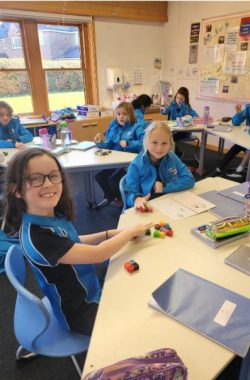
|
Year 4 played a game with 21 cubes. Working in pairs, you take turns to remove up to a maximum of 4 cubes at a time. If you are left with the last cube, you will lose. They investigated if there was a way to always win. Challenge them to a game to see if you can beat them! |
Year 5 Maths Focus |
|
In order to compare fractions, the girls worked together to find a common denominator. For some reason, Miss Brandon-Jones was allocated the smallest number of pizza slices! We have been finding equivalent fractions and putting fractions into ascending and descending order.
|
Year 6 Maths Focus |
|
Over the past few weeks, we have carried out lots of work on fractions. We can simplify them, convert between mixed and improper, add, subtract, multiply and divide them. We can solve practical problems that require the manipulation of fractions. During November we have made use of the Barvember challenges, using bar models to solve increasingly complex problems. |
News from outside of our classrooms: Forest School News |
|
One of the trickiest things about writing an Outdoor Learning piece for Junior News is deciding which photos to include. Not because there aren’t enough, but because there are just so many fantastic pictures that encapsulate the hive of activity that is Forest School. So what have we been up to this term? Well, we’ve been busy… Nursery and Reception painted using mud and stirred up a giant stew. Year 1 made ‘sparklers’ (inspired by Bonfire Night) and boats to sail on the puddles. They tumbled and hid in the leaves and they splashed in the puddles. They had so much fun they didn’t seem to mind that their wellies had filled up with water in the process!
|
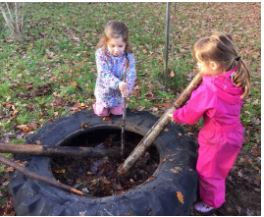
|


|

|

|

|
|
Year 2 worked well in groups to build dens over two sessions, battling the heavy rain during their first attempt and improving and modifying their designs during the second session. They also weaved using wool to create poppies and spiders’ webs. Year 3 have been engrossed in the mud kitchen, making use of some of our new equipment. Year 4 got very messy painting using a charcoal and oil concoction, to create Roman soldier pictures with leaf ‘plumes’ on their helmets. Year 5 created large robots using objects they found around the site, linked to their English text Robot Girl. Year 6 brought Betty the dog on their Forest School visit. She wasn’t much help with the map-reading challenge that the girls had been given though. Thankfully, they were quite successful as their searched for clues hidden around the Forest School grounds. As you can see, Junior School have had a very productive and enjoyable autumn term down in the forest. With wonder and excitement, we’re now looking forward to the spring! |
Awards for this week |
|
Star Learners of the Week – Luna, Isabelle L, Lillian P, Amelia K, Grace A, Agnes, Lily C, Emily C, Tami, Ellie J-M Swimmer of the Week – Emily C Each week girls are invited to share their achievements in activities outside of school. They are listed below for this week: Marine – achieved her Level 12 and 11 Gymnastics awards
Eve C – awarded a safety badge at Pony Club Elouise – awarded 1st in a horse riding competition
Caoimhe – achieved a safety badge and care of the foot at Pony Club Evette – achieved Water Skills level 5 in swimming and Orange & Black belt in Karate Eliza – achieved her Level 6 Gymnastics award
Lily C – awarded a safety badge at Pony Club Maya A – performed in Grease at the theatre (Teen Angels) Aurelia T – performed in Grease at the theatre (Teen Angels) |
Birthdays for this week |
|
This week, we wish a very Happy Birthday to the following members of our Junior School family: Poppy, Amelia and Tharulya |
New look for parent FireFly dashboard! |
|
The school’s FireFly dashboard for parents has recently undergone a revamp and an upgrade! We hope that our parents will find the information platform to be user-friendly and accessible. If you have any questions or have any feedback on the upgraded portal, please do get in touch. Mr Rittler |
Community Sessions |
|
|
Term Dates |
|
|
|
Northampton High School |
|
